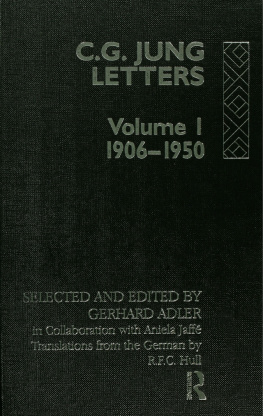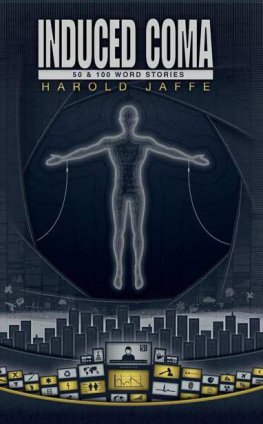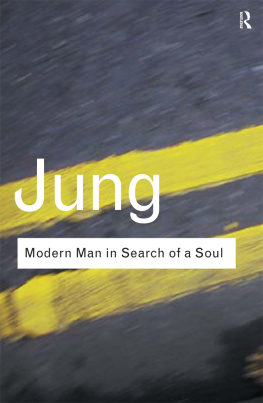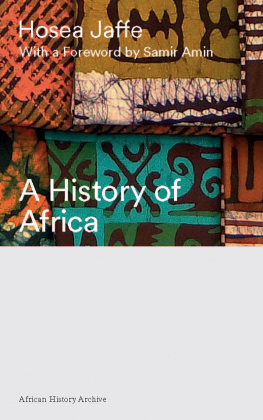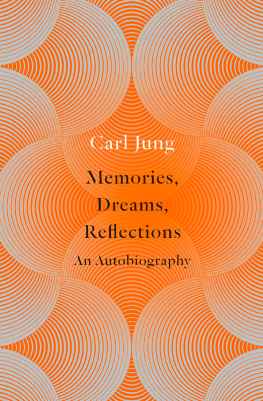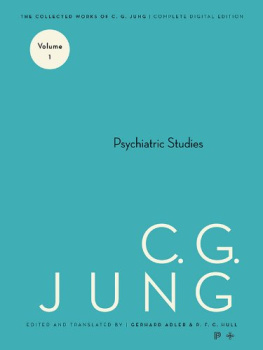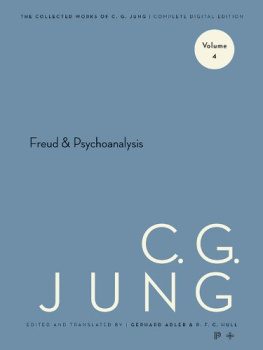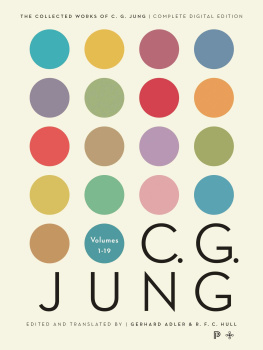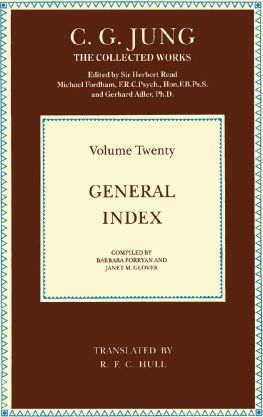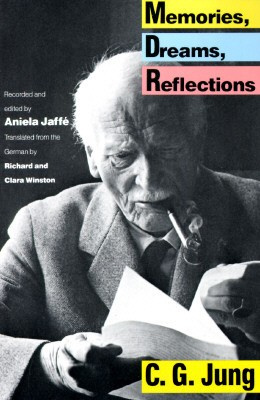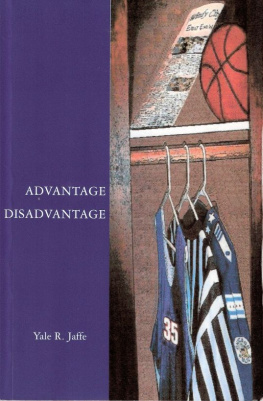Aniela Jaffé - Letters of C. G. Jung
Here you can read online Aniela Jaffé - Letters of C. G. Jung full text of the book (entire story) in english for free. Download pdf and epub, get meaning, cover and reviews about this ebook. publisher: Taylor & Francis Group, genre: Religion. Description of the work, (preface) as well as reviews are available. Best literature library LitArk.com created for fans of good reading and offers a wide selection of genres:
Romance novel
Science fiction
Adventure
Detective
Science
History
Home and family
Prose
Art
Politics
Computer
Non-fiction
Religion
Business
Children
Humor
Choose a favorite category and find really read worthwhile books. Enjoy immersion in the world of imagination, feel the emotions of the characters or learn something new for yourself, make an fascinating discovery.
- Book:Letters of C. G. Jung
- Author:
- Publisher:Taylor & Francis Group
- Genre:
- Rating:3 / 5
- Favourites:Add to favourites
- Your mark:
- 60
- 1
- 2
- 3
- 4
- 5
Letters of C. G. Jung: summary, description and annotation
We offer to read an annotation, description, summary or preface (depends on what the author of the book "Letters of C. G. Jung" wrote himself). If you haven't found the necessary information about the book — write in the comments, we will try to find it.
Letters of C. G. Jung — read online for free the complete book (whole text) full work
Below is the text of the book, divided by pages. System saving the place of the last page read, allows you to conveniently read the book "Letters of C. G. Jung" online for free, without having to search again every time where you left off. Put a bookmark, and you can go to the page where you finished reading at any time.
Font size:
Interval:
Bookmark:

In May 1956, in his eighty-second year, Jung first discussed with Gerhard Adler the question of the publication of his letters. Over many years, Jung had often used the medium of letters to communicate his ideas to others and to clarify the interpretation of his work, quite apart from answering people who approached him with genuine problems of their own and simply corresponding with friends and colleagues. Many of his letters thus contain new creative ideas and provide a running commentary on his work.
From some 1,600 letters written by Jung between the years 1906-1961, the editors have selected over 1,000. Volume 1, first published in 1973, contains those letters written between 1906 and 1950. Volume 2 contains 460 letters written between 1951 and 1961, during the last years of Jung's life, when he was in contact with many people whose names are familiar to the English reader. These indude Mircea Eliade, R.F.C. Hull, Ernest Jones, Herbert Read, J.B. Rhine, Upton Sinclair and Fr. Victor White.
Volume 2 also contains an addendum with sixteen letters from the period 1915-1946 and a subject index to both volumes. The annotation throughout is detailed and authoritative.
The Editors
Gerhard Adler underwent a training analysis with C.G. Jung in the 1930s and is now President of the International Association for Analytical Psychology. He is one of the editors of 'The Collected Works of C.G. Jung' and his published works include Studies in Analytical Psychology (Hodder, 1966) and The Living Symbol (Routledge & Kegan Paul, 1961).
Aniela Jaff collaborated with Jung in his Memories, Dreams and Reflections (Routledge, 1962).

selected and edited by Gerhard Adler
in collaboration with Aniela Jaff
translations from the German by R. F. C. Hull
in two volumes 1: 1906-1950

FIRST PUBLISHED IN GREAT BRITAIN IN 1973
BY ROUTLEDGE & KEGAN PAUL, LTD
REPRINTED IN 1992 BY ROUTLEDGE
Published 2015 by Routledge
2 Park Square, Milton Park, Abingdon, Oxon OX14 4RN
711 Third Avenue, New York, NY 10017 USA
Routledge is an imprint of the Taylor & Francis Group, an informa business
No part of this book may be reproduced in
any form without permission from the
publisher, except for the quotation of brief
passages in criticism
ISBN: 978-0-415-09435-1
1973 BY TAYLOR&FRANCIS
ISBN: 978-1-315-72394-5 (eISBN)
| Frontispiece |
| Plates |
| Clark University, September 1909. Courtesy Sigmund Freud Copyrights, Ltd. Eugen Bleuler. Courtesy Dr. Manfred Bleuler |
| Hermann Hesse. Martin Hesse, Bern Richard Wilhelm. Courtesy Professor Hellmut Wilhelm H. G. Baynes. Courtesy Mrs. H. G. Baynes |
| Count Hermann Keyserling Olga Frbe-Kapteyn. N. Gidal, Zurich Heinrich Zimmer with Jung, Eranos, 1939. Courtesy Mrs. Heinrich Zimmer |
| Mary Mellon. Courtesy Mr. John D. Barrett Frances G. Wickes. Claude Drey, New York Victor White with Jung at Bollingen. Courtesy Miss Ruth Bailey Mary Churchill with Jung, 1945. Hans Steiner, Bern |
| C. G.Jung: Munich, 1930. Erna Wolff, Munich Bailey Island, Maine, 1936. Courtesy Miss Henrietta Bancroft On Lake Zurich, 1945. Courtesy Mr. Franz Jung C. G. Jung and Emma Jung, Ksnacht, 1950. Erica Anderson |
| Illustrations in the Text |
| The "exploded knife": with letter to J. B. Rhine, 27 Nov. 34. Courtesy Professor Rhine |
| Title-page of Blake's "Genesis" MS.: with letter to Miss P. Nanavutty, 11 Nov. 48. Henry E. Huntington Library and Art Gallery, San Marino, California (by permission) |
| Mandala by a patient: with letter to R. F. Piper, 21 Mar. 50 |
In May 1956Jung was then nearly 82I broached to him the question of the publication of his letters. Jung's ready response made it clear that this project had been on his mind for some time. Thus my inquiry came at a favourable moment, and Jung asked his secretary, Mrs. Aniela Jaff, to select two file folders of letters, all of them to clergymen, labelled "Pfarrerbriefe" in Jung's own handwriting, for my opinion concerning the advisability of their publication.
Over many years Jung had frequently used the medium of letters to communicate his ideas to the outside world and to rectify misinterpretations about which he felt sufficiently strongly, quite apart from answering people who approached him with genuine problems of their own and corresponding with friends and professional colleagues. In this way many of his letters contained new creative ideas and a running commentary on his work.
In his later years it became his practice to send copies of letters which he regarded as important to people whose judgment he trusted. This he did partly to communicate ideas to them which, on account of his age, he no longer felt willing or able to put into book form, and partly because the question of the publication of his letters had been on his mind for some time.
Originally the idea of such publication had come not from himself but from friends who were aware of the unique literary and psychological value of Jung's correspondence. At first Jung had reacted against the whole notion, since he felt that the spontaneity and immediacy of his letters were not for the general public; but in his later years he changed his attitude, and he even mentioned occasionally in a particular letter that it was not only directed to the addressee but was also meant for later publication.
Thus it was just the right moment when I put my own thoughts to Jung, and he responded by asking me if I were willing to undertake the editorial task. The final result of my talk and of the ensuing correspondence with him was formulated in Jung's decision, stated in a letter to me of 15 November 1957, to appoint an Editorial Committee consisting of his daughter Mrs. Marianne Niehus-Jung as representative of the family, Mrs. Aniela Jaff, who had been Jung's secretary since the autumn of 1955 and was familiar with the archives kept at his house in Ksnacht, and finally myself as chairman of the Committee and chief editor who was to direct the whole project. The matter was formalized in a letter of 29 January 1959 from Jung to Mr. John D. Barrett, president of the Bollingen Foundation, which sponsored the publication of Jung's Collected Works. The original plan had been to bring out the letters as part of the Collected Works, a plan which was later modified so as to publish the letters independently.
There the matter rested until after Jung's death in 1961. Active work on the project started in January 1962, and early in 1963 appeals for Jung's letters were published in various newspapers and journals in the United States, Great Britain and Switzerland. This appeal was all the more important since the archives in Ksnacht were, to put it conservatively, incomplete. For years, Jung had no regular secretary, except for occasional help from his unmarried sister Gertrud. He wrote most letters in longhand and apparently kept no file copies. It was not until April 1931, when his daughter Marianne (later Mrs. Walther Niehus-Jung) began helping her father with secretarial work, that carbon copies of typewritten letters sent out were kept and filed together with letters received. But it was only in 1932, with the advent of Marie-Jeanne Schmid (later Mrs. Marie-Jeanne Boller-Schmid, daughter of Jung's friend Dr. Hans Schmid-Guisan), that files were established in a systematic way. Marie-Jeanne Schmid remained Jung's secretary until her marriage in 1952. Without her accuracy and devoted care, the publication of these letters would have been virtually impossible, and to her is due the gratitude of all interested in Jung's work.
Font size:
Interval:
Bookmark:
Similar books «Letters of C. G. Jung»
Look at similar books to Letters of C. G. Jung. We have selected literature similar in name and meaning in the hope of providing readers with more options to find new, interesting, not yet read works.
Discussion, reviews of the book Letters of C. G. Jung and just readers' own opinions. Leave your comments, write what you think about the work, its meaning or the main characters. Specify what exactly you liked and what you didn't like, and why you think so.

